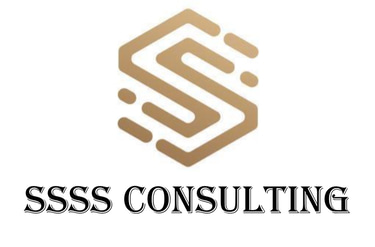Funnel creation and management
How to start building out your product idea funnel.
9/17/20253 min read


Funnels and product ideas.
The next few posts I'll be talking about what to do with product ideas and how to manage them. This is just the first section. Might have 2 or 3.
No matter what the nature of your NPD process or type of projects, you’ll need a method to add new work to your portfolio in a disciplined manner. Without this, your group will quickly get overloaded. People also have a tendency to take it personally if you don’t work on their projects.
Funnels are not an engineering process, but a business one. Generally, makes sense for either NPD engineering or a program management office to administer the funnels since it will become work of the group and up front efforts are critical to success. As a business process, you’ll need senior management involved.
Senior management involvement is critical for several reasons. First, they are the decision makers. This works to make the process better on many levels. If it is a project they see as quite promising, this is early exposure and can start to think about how it will impact the organization. Another reason it is critical to have them involved is it kills the “soft approval”. This happens all the time and what you need to prevent with this process. Without a process, mediocre projects linger and a senior business manager needs to make the call. Finally, a third reason is with picking and choosing. The previously approved project might have seemed good at the time, but in light of this new one, it isn’t anymore and a decision needs to be made relative to the project portfolio. Part of the funnel process should be to review this portfolio with senior business management to make sure the mix is right.
Depending on the structure of your particular team and your company will define the right participants. If you’re over a group in a particular location, you’ll want the business manager of this site as the ultimate decision maker. You’ll usually also want some of the senior commercial people along with respected technical leaders. Funnel meetings shouldn’t be huge and involve the cross functional teams yet.
Ultimately, there are just two main questions being asked at a funnel meeting: Is the market real and is the product real? If either of these is a no, makes the conversation a bit shorter. Often though, it is shades of “maybe”. At that point, the question for the group is if it is worthwhile to take the next step? Often the information at this stage is highly incomplete and you’re looking for whatever parallels you might have to make a decision. In general, should lean towards taking a chance on Phase I rather than killing it if not sure. This does take a sufficient quantity of people with the right skills though.
There are other secondary questions you should depending on the idea. A typical next one is whether or not it fits our strategy. I’ve been surprised when people are debating a new idea, except it is B2C (business to consumer) at a B2B company. You just don’t switch between these two easily. It is definitely a strategy level discussion.
Another is whether or not we can make it today. Not talking about technical, but operations. If a product is going onto a production line that is already at or above capacity with no strong plans to increase, it might not make sense to pursue. Particularly if there are equivalent products in the funnel to pick from.
One caveat to insufficient capacity is a good management team will recognize that productions issues will always be there and not let this fact deter moving forward. Part of any good phase gate or stage gate process is looking at operations. Usually Phase III (or Stage 3) or the prototype phase looks at putting the costs for this together and implementation in the following phase. Costs for this line improvement will be part of the overall ROI.
Depending on the company, types of products under development, size of the NPD effort, etc will influence the number of items under review and in the phase I or pre Phase I state. There will often be multiple items on the table at any given time though. Due to this, another important consideration at funnel meetings is to look at the portfolio and discuss which should be the priorities. This is also why you should have multiple consistent metrics between opportunities. Some typical ones include ROI, 3 year revenue and development effort. Others include net present value (NPV) and payback in years.
Next posting, I'll be talking about the list itself and the different forms you might see it evolve into and which is best.
Consulting
Expert guidance for successful product development.
Impact
Portfolio
jeff@ssssconsulting.com
© 2025. All rights reserved.
